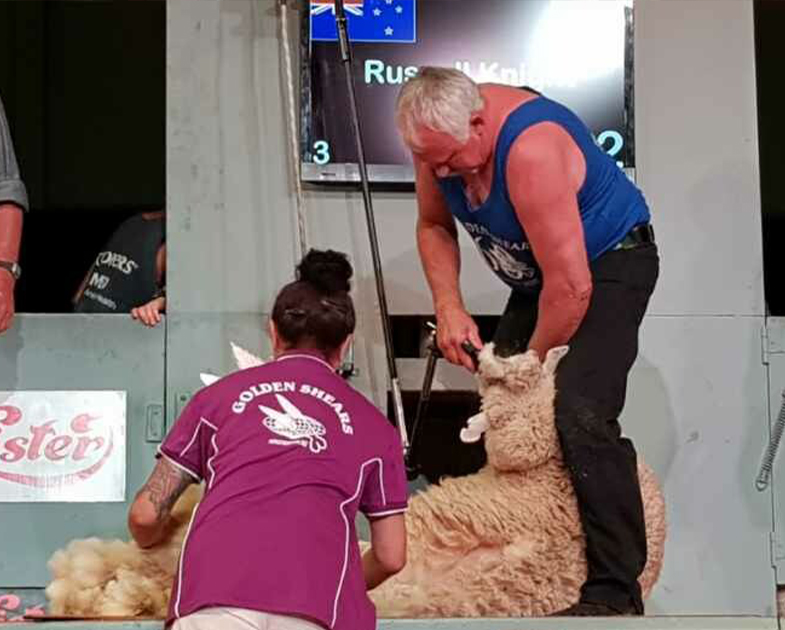Shearing | 6 May 2020
Shearing Tips to be a pro
You may know the basic of sheep shearing but do you want to go a step further ? Improve your shearing technique or learn some handy tricks we can help.
Make Long, Confident Blows
One of the most important aspects of becoming a good shearer is to be confident with your blows.
- Try not to second guess yourself or fumble with the shears, this will only increase your chances of making a mistake.
- Try to develop a rhythm as you shear, this will help you to move easily from one section to another.
Avoid making second cuts
Sometimes when a blow is performed incorrectly, you will need to make a second pass with the shears to remove the remaining wool. The small bits of fleece that result from this second pass are known as second cuts.
- Second cuts are undesirable as they cannot be included in the rolled fleece. This is because they make yarn weaker and cause it to pill more easily.
- The more experience you have, the less likely you are to produce second cuts. Being confident with your blows will help you to avoid them.
Use your left hand to keep the skin pulled taut
The shears will move more easily and get a closer cut when the sheep's skin is pulled taut.
- It is important to constantly use your left (or non-dominant) hand to stretch the skin you are about to shear.
- This is particularly important for sheep with finer wool, as their skin is more wrinkled and harder to see through the excess wool.
Know your sheep
Being familiar with your sheep will make a world of difference when it comes to shearing.
- Knowing whether she's fat or skinny will help you to navigate her body shape and move the shears at the right angle over her hips, shoulder and spine.
- Knowing how many teats she has (some sheep have two, others have four) will help you to avoid them while shearing, and prevent you from accidentally shaving any off.
- Being familiar with the overall health of your sheep is also useful. Healthy sheep produce plenty of lanolin (a wax-like substance produced in the sebaceous glands) which melts and lubricates the blades on the shears, helping the wool to come away more easily. The lanolin on unhealthy sheep tends to stay thick, clogging up the shears.

